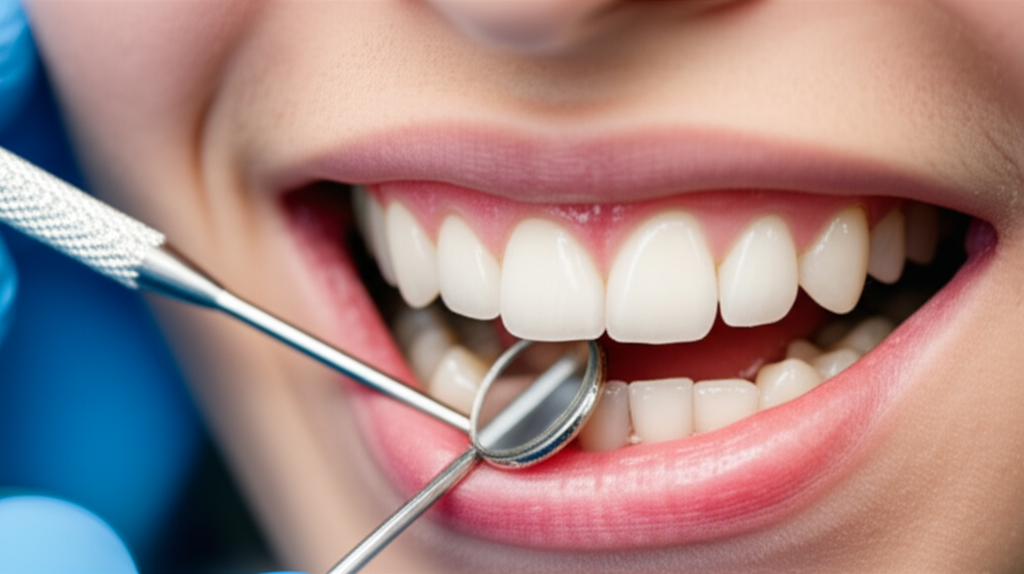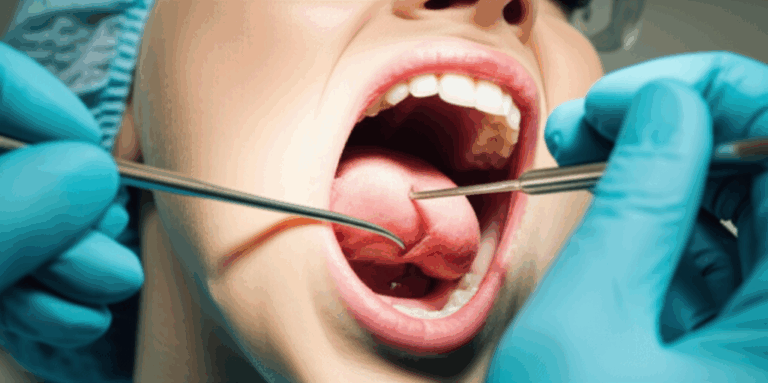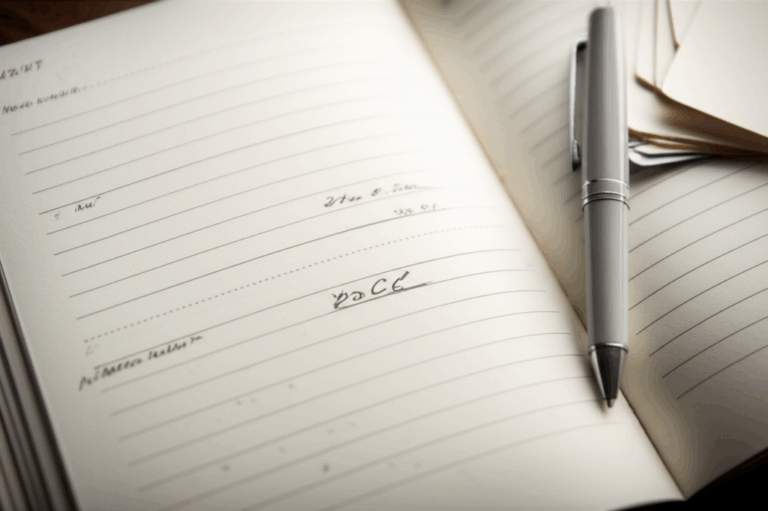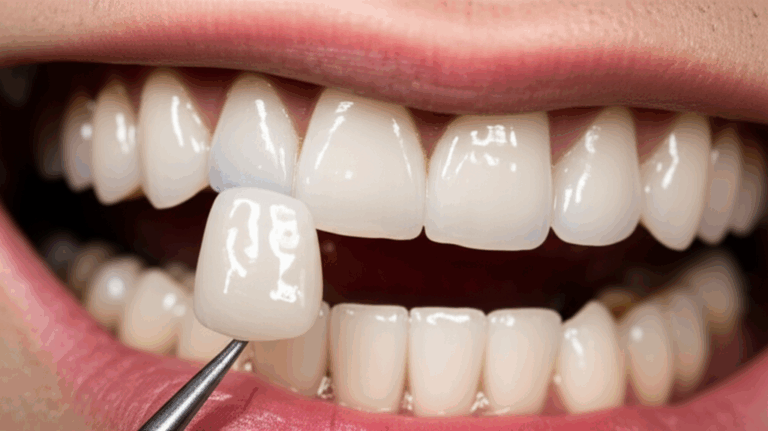
How Dentists Count Teeth: A Simple Guide to Your Dental Chart & Tooth Count
Have you ever sat in the dentist’s chair and wondered what’s really going on when your dentist starts calling out numbers or writing things down? Maybe you want to know how many teeth you or your child should have. Or maybe you heard the dentist talk about a missing or extra tooth and had more questions than answers.
You’re not alone. Understanding how dentists count teeth, what your dental chart means, and why your tooth number matters is something everyone should know. If you’ve ever caught yourself thinking—Is my tooth number normal? What do these numbers mean? Will this affect my health later?—you’re in the right place.
Let’s make it easy to understand, help you feel more sure about your oral health, and turn “What is my dentist doing?” into “Oh, now I get it!”
In This Article
- Why Dentists Count Your Teeth & Why It Matters
- How Many Teeth Should You Actually Have?
- The Dentist’s Toolkit: Charting and Counting Teeth
- Demystifying Dental Numbering Systems (Universal, FDI, Palmer)
- The Real Reasons Tooth Counting Is So Important
- Tooth Count Variations: Missing, Extra, and Wisdom Teeth
- What Your Tooth Count Says About Your Health
- Frequently Asked Questions About Tooth Counting
- Takeaway: Partnering with Your Dentist for a Healthier Smile
Why Dentists Count Your Teeth & Why It Matters
Let’s start with the main question: Why do dentists count teeth, anyway?
If you’ve ever felt lost as you listened to your dentist call out numbers—“Seventeen missing,” “Thirteen has a cavity”—you’re not the only one. Most people don’t know what all of this means. But counting teeth is a big part of checking your mouth for people of all ages. It’s not just about counting; it helps find problems early, plan how to fix things, and keep your dental records right.
It’s like a roll call for your mouth. Every tooth, from your front teeth to those back wisdom teeth, tells something about your health—now and even in the future.
Bottom line: Counting teeth is about much more than “how many you have.” It gives a good look into your health and well-being.
How Many Teeth Should You Actually Have?
Alright, let’s answer the next question—How many teeth is normal? That depends on your age.
Primary (Baby) Teeth: Starting Off
Kids get their first set of teeth, called baby teeth, soon after they’re born.
- Total baby teeth: 20
- When do they come in?: Usually between 6 months and age 3
- Why not more?: Kids’ mouths are small, so 20 is enough for eating, speaking, and smiling.
Sometimes:
- Kids might have extra teeth or be missing some, but most have 20.
- Baby teeth start to fall out around age 6.
Permanent (Adult) Teeth: The Full Set
When the tooth fairy is gone, your adult teeth start to come in.
- Full set (with wisdom teeth): 32
- No wisdom teeth?: Many people end up with 28 if their wisdom teeth never showed up or were taken out.
Here’s the adult breakdown by type:
- Incisors: 8 (front teeth, four on top and four at the bottom)
- Canines: 4 (the pointy “eye teeth”)
- Premolars: 8 (just behind the canines)
- Molars: 12 (includes four wisdom teeth)
Quick fact:
Not everyone grows in their wisdom teeth, and lots of folks have them removed. Having 28 is very normal.
What about mixed teeth?
There’s a time (usually from 6-12 years old) when kids have some baby teeth and some adult teeth.
The Dentist’s Toolkit: Charting and Counting Teeth
Checking by Hand
When you visit, your dentist will first look and feel. Here’s what happens:
- Visual check: Your dentist looks for missing, extra, or hurt teeth.
- Feeling around: Using a dental tool, they check every tooth for movement, holes, or gum problems.
- Who helps?: Dental helpers often write down what the dentist says.
It might seem strange, but it’s just a careful check—like counting items in a store.
X-Rays: Looking Underneath
Some things can’t be seen on the outside—like a tooth hiding under the gums or problems in the bone. That’s where dental X-rays come in.
- Big X-rays: Give a “whole mouth” look at all teeth, even ones not out yet.
- Smaller X-rays: Show one spot, helping find holes or infections.
Understanding Your Dental Chart
What is a dental chart?
Think of it as a map of your mouth. Every tooth has its own “spot,” and your dentist notes what’s healthy, missing, fixed, or needs help.
- Symbols: Boxes, circles, and lines mean things like fillings, root canals, crowns, or removed teeth.
- Labels: Numbers or letters show which tooth is which.
Why is this important?
Dental charts are legal papers and help dentists, insurance, and even you keep track of what’s happening in your mouth.
Demystifying Dental Numbering Systems (Universal, FDI, Palmer)
Tooth counting isn’t done the same everywhere. Here are the main types you might see:
Universal Numbering System (USA)
- Adult teeth: Numbered 1 to 32
- Start at the upper right wisdom tooth (#1)
- Go across to upper left (#16)
- Drop down to lower left (#17), then count to lower right (#32)
- Baby teeth: Lettered A-T
So, “number 30” means your lower right first big back tooth.
FDI World Dental Federation Notation (Used outside the USA)
- Quadrants: The mouth split in four parts (1-4 for adults, 5-8 for kids)
- Tooth number: Each tooth in the section has a number (1-8)
- Example: 11 = upper right front tooth; 26 = upper left first big tooth in the back
Palmer Notation (Often in Braces or in the UK)
- Quadrants are marked with L-shape brackets ⎡ ⎤ ⎣ ⎦
- Teeth are numbered from the middle (1) to the back (8)
- Example: ⎡3 means upper left canine
Why should you care?
Knowing the system helps you read your chart and talk with dentists, especially if you move or see someone new.
The Real Reasons Tooth Counting Is So Important
Why care about numbers? Because your teeth show a lot about your dental and even overall health.
1. Diagnosing and Checking Oral Health
Counting your teeth:
- Shows any that are missing (whether you were born that way, lost them, or had them pulled out)
- Finds extra teeth, which can crowd your mouth
- Spots teeth that are stuck or not coming out right
- Helps track kids’ teeth to make sure everything’s on time
2. Planning Treatment
Your tooth count is important for:
- Braces: Planning moving teeth needs to know which ones you have
- Fixing teeth: Like fillings, crowns, and bridges—it all starts with knowing which teeth are there
- False teeth/implants: Dentures or implants need the right number
- Pulling teeth: Dentists use the chart to guide what comes out
3. Keeping Good Records
Your record:
- Keeps track of your tooth history for next time you visit
- Lets different dentists or insurance talk easily
- Helps identify people in crime or accidents
Tooth Count Variations: Missing, Extra, and Wisdom Teeth
Nature isn’t always the same for everyone. Some people miss teeth, some have extras, and wisdom teeth are tricky.
Missing Teeth: Not There by Nature
Some people don’t grow all their teeth—a condition called hypodontia (missing up to five), oligodontia (missing six or more), or anodontia (missing all teeth).
- Causes: Family genes, certain syndromes, or sometimes no known reason
- Most often missing: Wisdom teeth, second premolars, upper side front teeth
- Problems: Gaps can affect how you chew, look, or talk
Is this normal?
Missing one tooth isn’t always a big deal. But lots missing, especially in kids, should be checked.
Extra Teeth: More Than Usual
Sometimes people have an “extra tooth”—called a supernumerary tooth.
- Most common: Mesiodens (extra upper front tooth)
- Other places: Can show up anywhere
- Risks: Can crowd mouth, block other teeth, make brushing harder
Wisdom Teeth: The Oddballs
- Normal count: Most adults have four, but some have less—or none!
- Problems: They might not come out, get stuck, or push other teeth
- Taking them out: Dentists often suggest removal if they hurt, press other teeth, or are hard to clean
In short: What matters is not a perfect number but if your teeth work well, look good, and don’t cause trouble.
What Your Tooth Count Says About Your Health
Did you know your mouth can show things about your whole body’s health? Here’s why knowing your tooth count matters for more than a nice smile.
- Finding problems early: Strange patterns can show delays or genetic issues, especially for kids.
- Health link: Losing teeth is connected to problems like diabetes and heart disease. Fewer teeth can make eating hard, which affects nutrition.
- Everyday function: The right teeth help you bite, chew, and speak clearly.
- Identity: Teeth records help find out who someone is—no two mouths are the same!
Tip: If you notice a sudden missing tooth, call your dentist—it could mean a health problem.
Table: Common Tooth Count Variations
| Condition | How common / Notes |
|---|---|
| Hypodontia (missing teeth) | ~3-10% of people; mostly in grown-up teeth, often wisdom teeth |
| Anodontia (no teeth at all) | Very rare, usually with certain gene problems |
| Oligodontia (6+ missing) | Less than 1% of people; often genetic |
| Supernumerary teeth | 1-4% of adults; Mesiodens (extra upper front tooth) is most common |
| Wisdom teeth missing | Up to 35% of adults don’t grow at least one; many have them removed |
| Full adult (32 teeth) | 28-32 is normal, depends on wisdom teeth |
| Full baby (20 teeth) | Most kids; when and how they come in can change |
Frequently Asked Questions About Tooth Counting
Can I count my own teeth easily?
Yes! While your dentist uses mirrors and tools, you can run your tongue over your teeth or count them in the mirror. Grown-ups usually have up to 32 (if you have all your wisdom teeth), kids have 20. If you have less (wisdom teeth are often missing or taken out), that’s okay. If you see a new gap, see your dentist.
What if my child has too many or too few teeth?
It happens! Sometimes kids are born missing teeth or have extras. Your dentist will keep checking with X-rays and exams. Getting help early can stop bigger problems later. If you’re worried, ask your dentist for a simple explanation.
Does losing a tooth change my count?
Yes, your number goes down. But dentists mark the spot and keep track for future options, like bridges, dentures, or implants. You might talk with a removable denture lab if you lose a few teeth.
How often do dentists “count teeth” and update my chart?
Dentists count and look at your teeth every regular check-up (often twice a year). They look for changes or trouble. Your chart is a timeline for your mouth.
The Wider World of Tooth Counting: Labs & Technology
You might wonder how this fits with people and tools behind the scenes. Dental pros need your exact teeth number to make things like crowns, bridges, dentures, or braces.
New digital tools are making dental charts and tooth checks faster and clearer. Clinics might use a digital dental lab to make very precise models. For replacing teeth, a crown and bridge lab uses your chart to make new teeth that fit and look great.
Takeaway: Partnering with Your Dentist for a Healthier Smile
Let’s finish with easy steps so you feel confident.
Most important:
- A “normal” tooth count depends on your age, genes, and dental past—don’t worry about a perfect number.
- Regular dentist visits are the best way to catch and fix problems early.
- Counting teeth helps plan braces, dentures, and makes sure you get care that fits you.
- Don’t be shy to ask for your dental chart or for your dentist to explain it in plain words. Your smile is a team effort!
What You Can Do
- Try counting your teeth in the mirror—get to know your own mouth!
- Make regular dentist visits, especially if something changes in your teeth.
- If your dentist says something odd, ask for an easy explanation and your choices.
- Remember: a healthy mouth helps you feel good all over.
If you want to know more about replacing teeth or dental labs, consider talking with a china dental lab that helps make crowns, bridges, and dentures for people around the world.
In short: Now you know the basics about tooth counting. Whether you have a full 32, or a few less, your smile is your own—and deserves good care.
> Medically checked by a licensed dental professional. For more guides on oral care, visit a dental practical guide or talk to your dentist for personal advice.
Your next dentist visit starts with understanding—and now, you’re ready!








